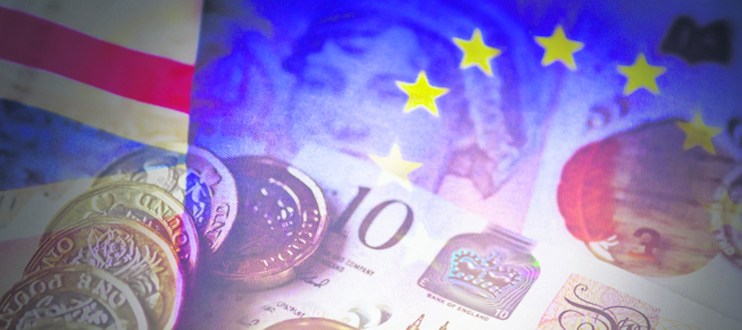
What now as monetary policy runs its course?

The UK looks set to reverse the course of austerity with all parties planning to ramp-up spending as the reality of a huge Brexit upheaval puts the pressure on both the treasury and Bank of England. However, despite the recovery seen in the post-2008 world, we have seen little upside in terms of interest rates beyond the three-year stint that saw the Fed funds rate rise from 0.25 per cent to 2.50 per cent. Elsewhere, we have seen little by way of monetary tightening which could bring about a position with which a central bank could act if the downturn in global growth continues or intensifies.
For the most part, markets are hopeful that the US and China will find resolution to the deadlock over trade, opening up a recovery in global growth which would lessen the need for supportive actions on a state level. However, if one thing has been proven throughout this whole process, it is that those negotiations are anything but reliable. The decision to split trade negotiations into multiple phases does allow for partial progress, yet Trump has always shown a willingness to revert to tariffs as soon as things do not go his way. Thus, while markets are getting excited at the prospect of a phase one trade deal, there are no guarantees that the issue of non-compliance or failed further talks would not see a ramp-up in tariffs.
With that in mind, the prospect of a stable return to growth remains less assured than many would have hoped. The central bankers and politicians will hope that their woes will be resolved by Trump and Xi Jinping, yet that may not be the case. The question we must then ask is where we go from here. The changing of the guard at the ECB provides one such example of a potential change in tact as they seek to address an ongoing slowdown in the region. With negative rates and an ongoing programme of quantitative easing amounting to €20 billion per month, there are questions over what comes next if growth continues to flounder. Instead we are likely to see a switch in focus towards fiscal expansion, with pressure growing on the traditionally conservative Germans to impose a policy mix that includes a ramp-up in government expenditure to raise employment and demand.
However, there are doubts over the effectiveness of fiscal policy, despite Keynesian theory that such a move would cut unemployment and ramp up output. Post-2008 experience shows that nations with the faster growth in debt were not necessarily the most successful at bringing down unemployment. That could come partially from government spending crowding out investment from elsewhere, taking employees and lessening their ability to do business. Unemployment is not the issue here; demand is. Unemployment in the Western developed economies remain at multiyear lows despite the huge uncertainty that looms large. With business confidence so low, the ability to borrow at cheaper rates will do little to ramp-up output.
The focus could instead turn to the more dramatic, with suggestions of ‘helicopter money’ coming back into play. Providing funding directly to the consumer at a time when businesses do not have the confidence to borrow and spend could make sense. Consumer confidence has been less susceptible to the recent decline in growth-rates, with businesses always more likely to be reactive to the economic indicators than your common consumer. Therefore, if output is the problem, and monetary policy has run its course, perhaps governments should look towards employing a more direct distribution of funds into the consumers themselves to stimulate economic growth in the absence of a comprehensive and lasting resolution to the hugely damaging US-China trade war.